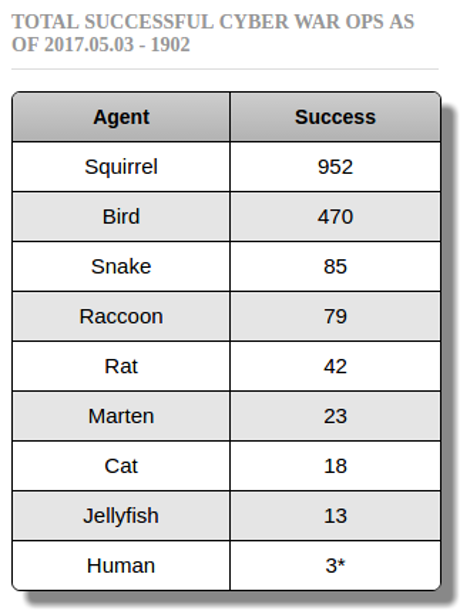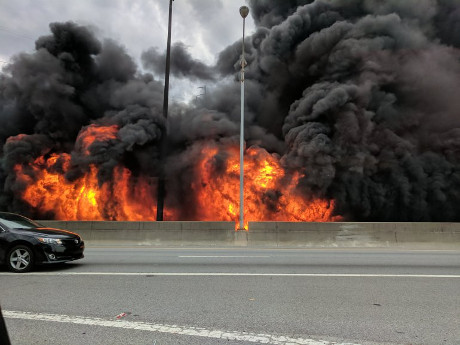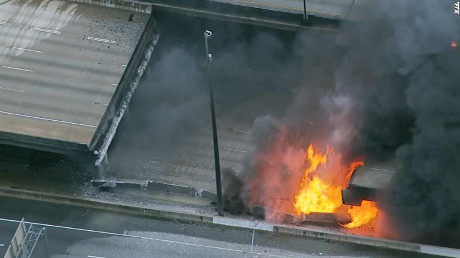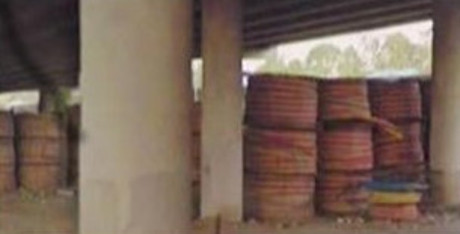Primer: Terrorist Usage of Twitter and Social Media
I mention this as an example of a catchy title for what is otherwise an “advertising on social media” post. Consider this re-write of the lead paragraph:
In recent years the Internet and social media has rapidly grown and become a part of everyday life for many people. For example, YouTube alone has nearly two billion active users each month, has one billion hours of content watched every day, and over 300 hours of new video uploaded every minute (Aslam, 2019). Other social media platforms also generate huge amounts of users and views. The wide reach of these and other platforms has given many people and groups the opportunity to be heard when they otherwise would not have a voice. While in many cases this opportunity is celebrated for supporting free speech, advertisers can take advantage of this access to reach and entice people that would otherwise be outside their influence. Advertisers are becoming increasingly aware of, and taking advantage of, the global access the Internet and social media gives them. These advertisers are no longer limited to recruiting new buyers in their physical sphere of influence; they can entice and recruit new buyers from anywhere around the world. Advertisers are also using the Internet to encourage and carry out sales (physical and cyber) around the world…
The bolded text replaces text in the original.
For all of the bleeting and whining about terrorists on social media, what is being discussed is advertising. Any decent introduction to advertising is more useful to terrorists and their opponents than all of the literature on terrorist use of social media.
Critics of terrorist advertising miss the validity of terrorist ads in the eyes of their target populations. Twenty to thirty year old males in most cultures know they lack of ability to make a difference. For their families and communities. Structural inequalities guarantee that lack of ability. Those have been the “facts” all their lives. Terrorists offer the chance to perhaps not make a difference, but to at least not grow bent and old under the weight of oppression.
Your counter ad? …. There’s the problem with countering terrorist advertising. The facts underlying those ads are well known and have no persuasive refutation. Change the underlying facts as experienced by terrorists and their families and terrorist ads will die of their own accord. Keep the underlying facts and …, well, you know how that turns out.





